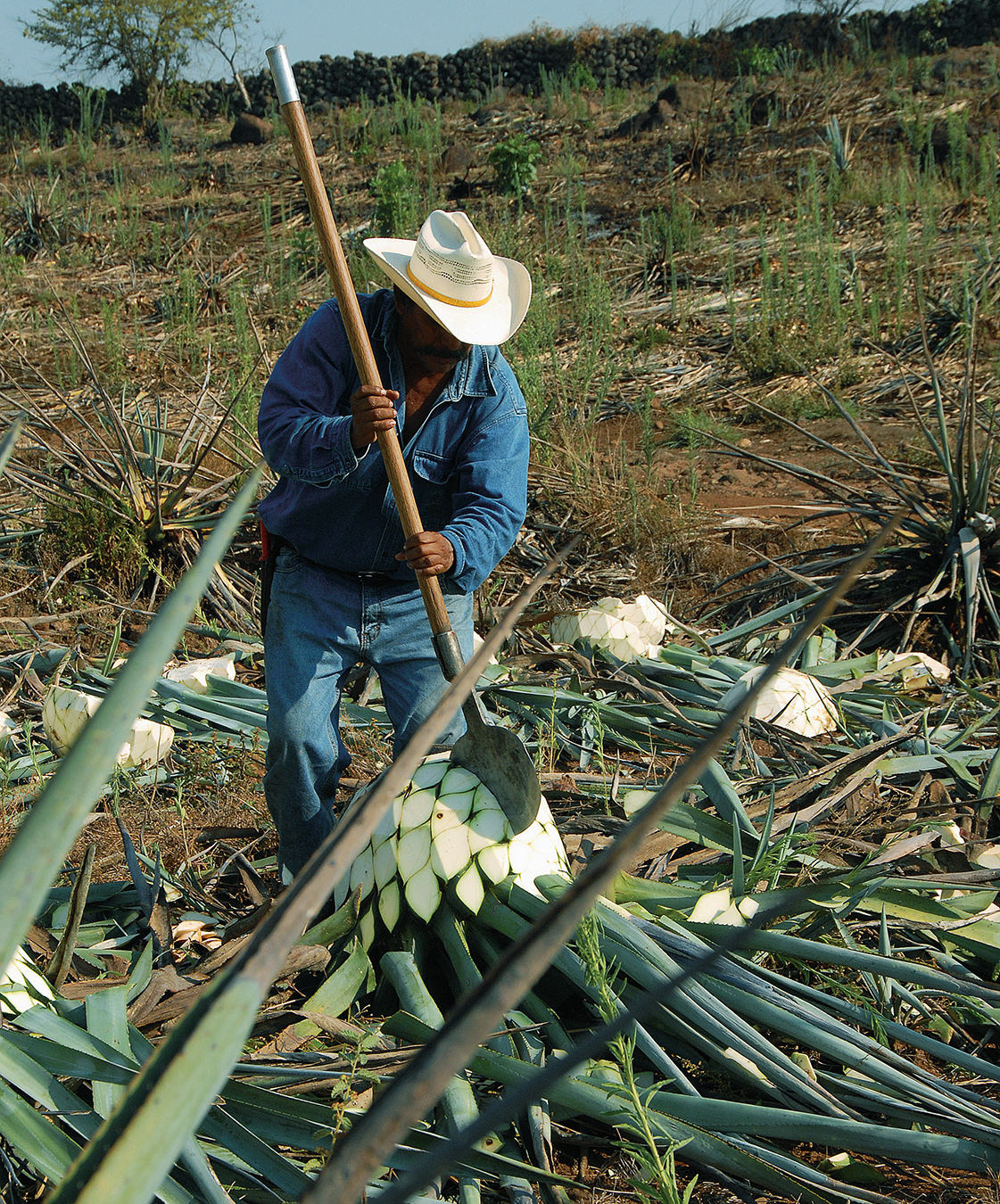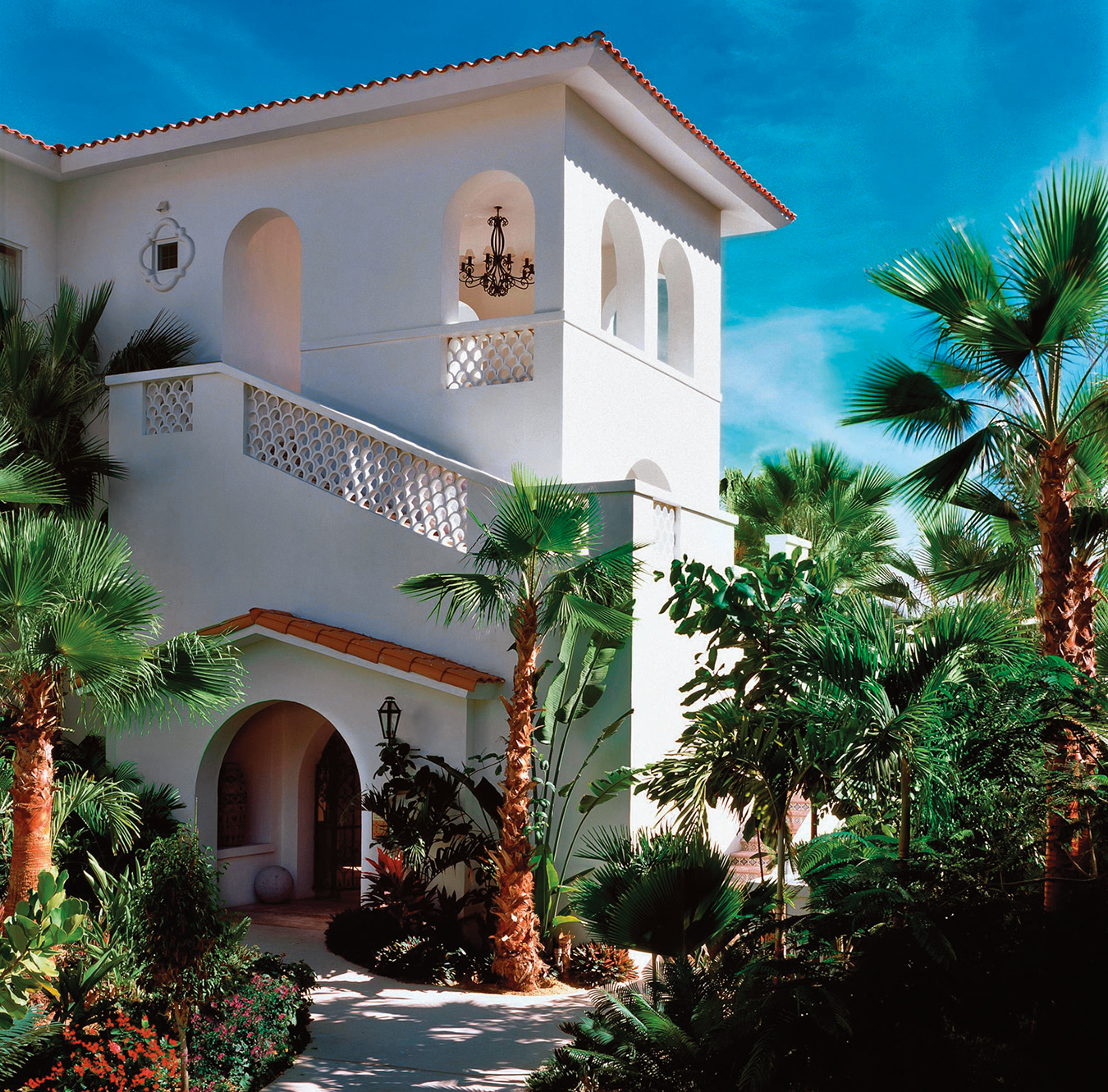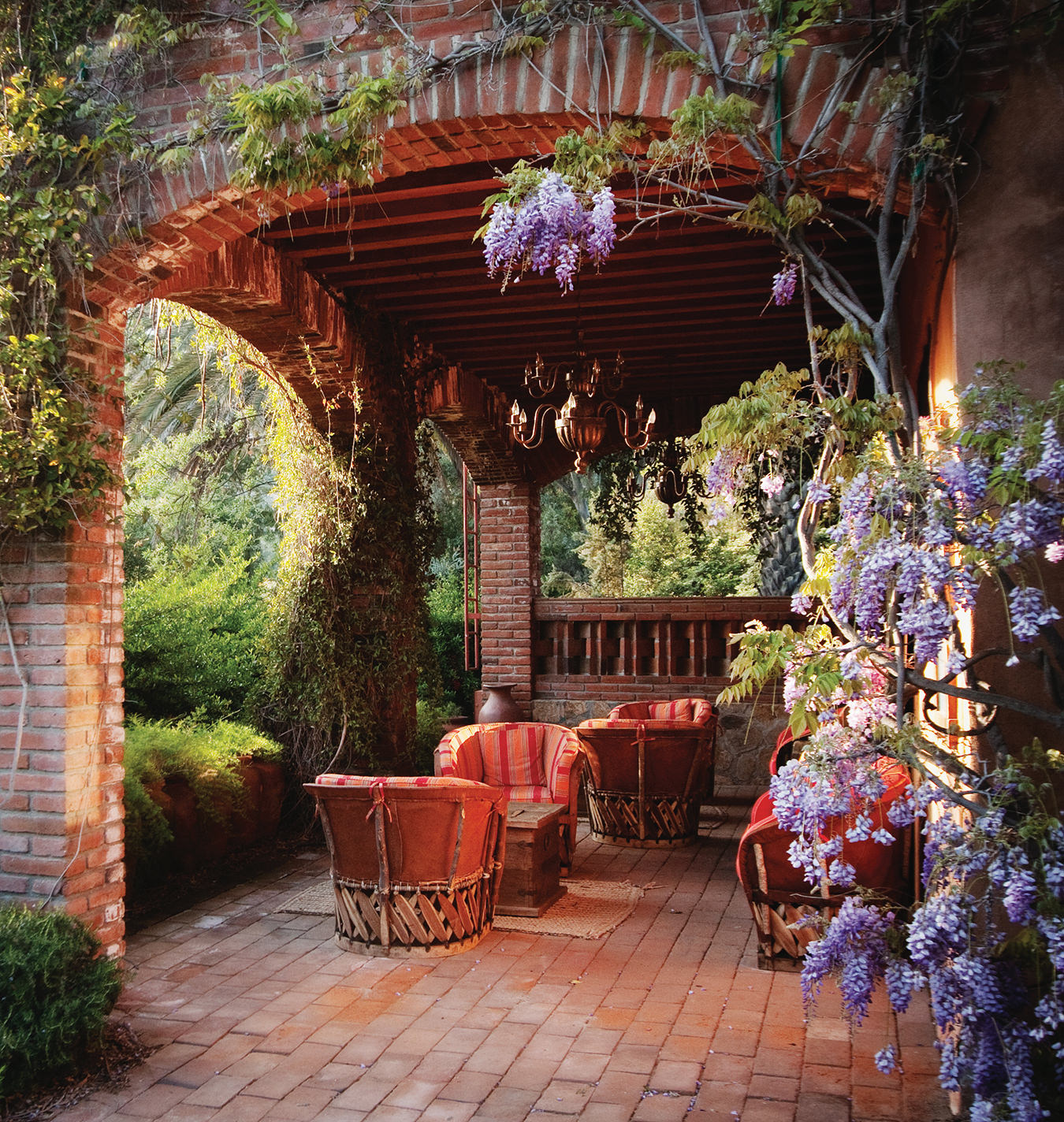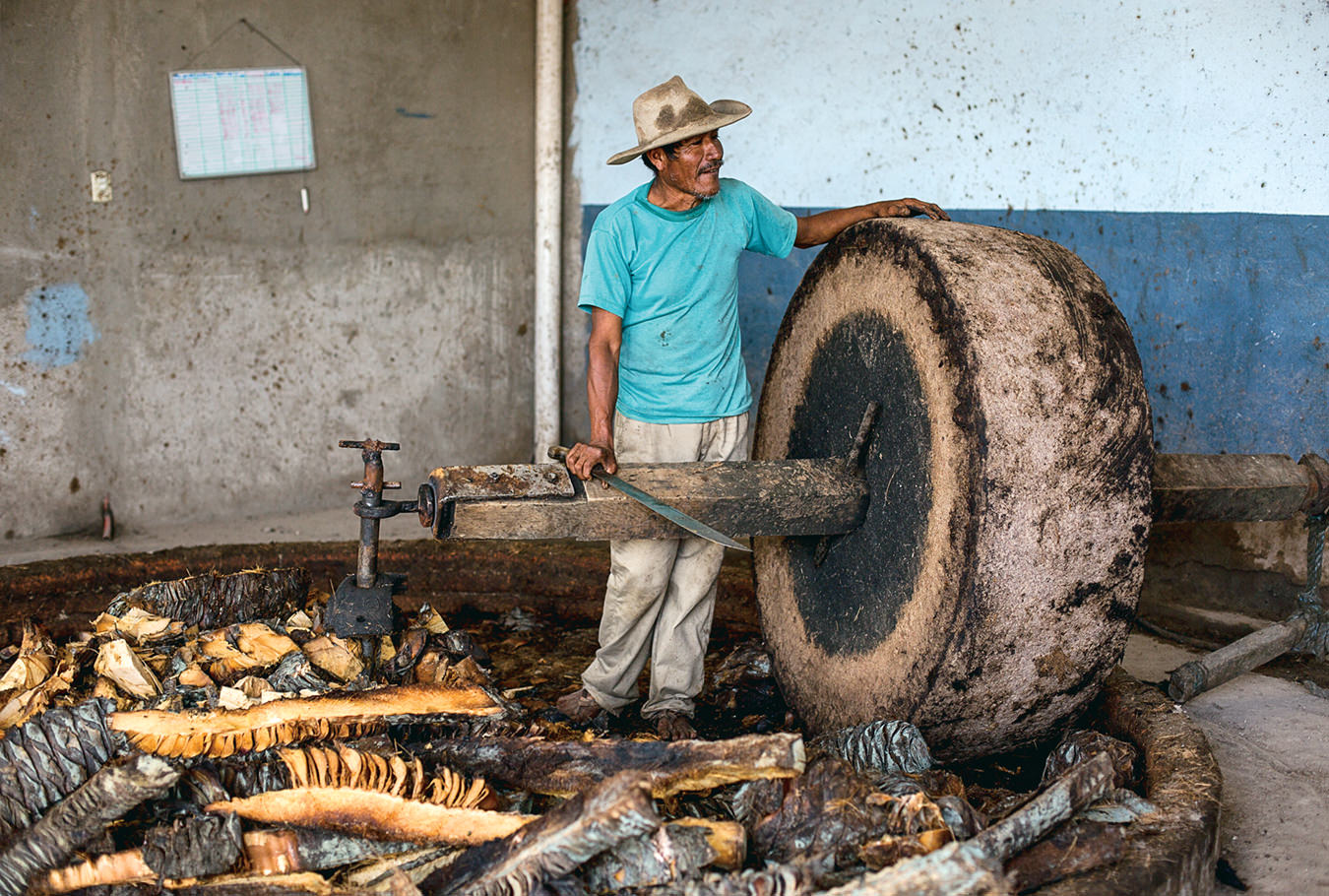-

Streetside ofrendas in Puerto Vallarta.
-
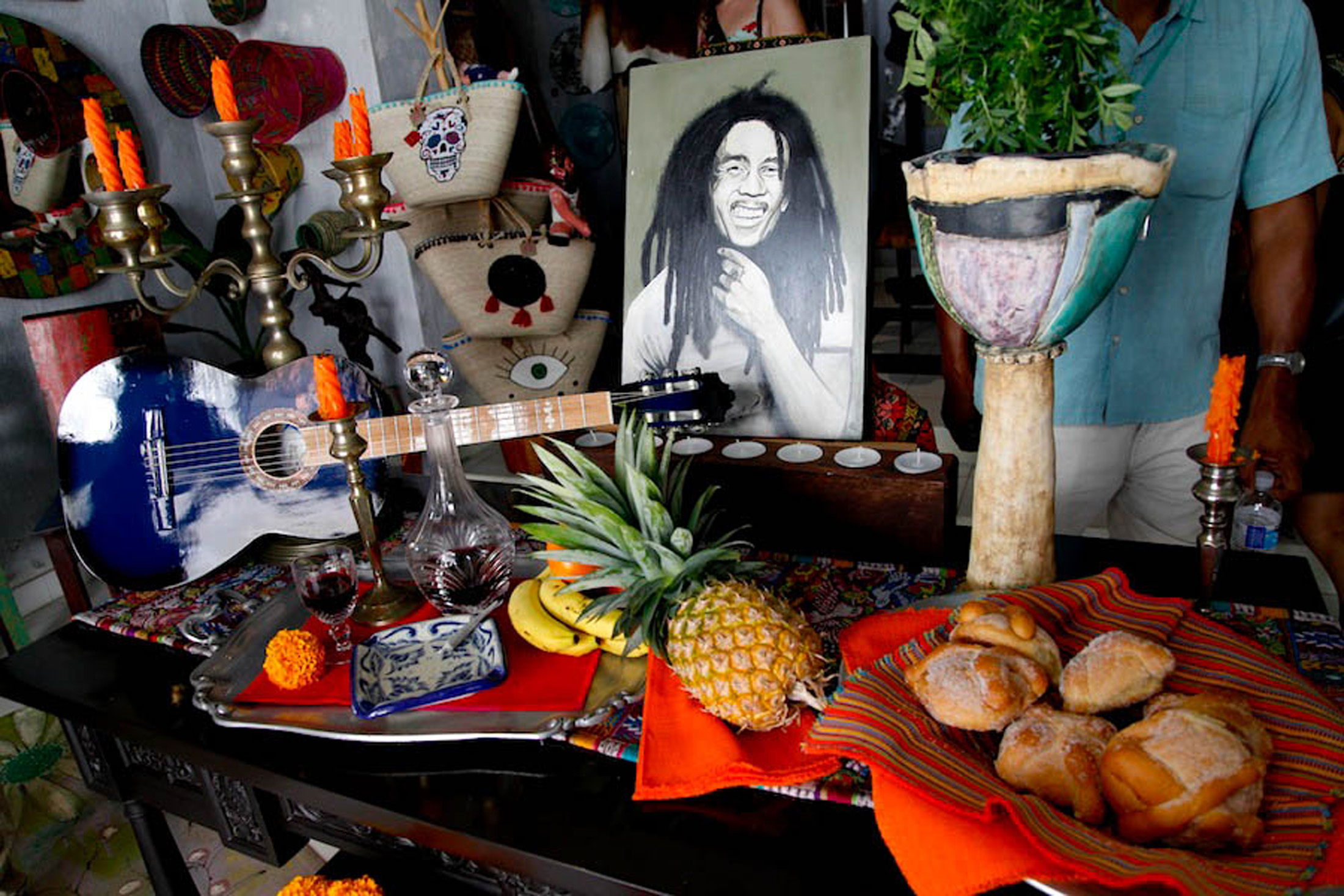
-
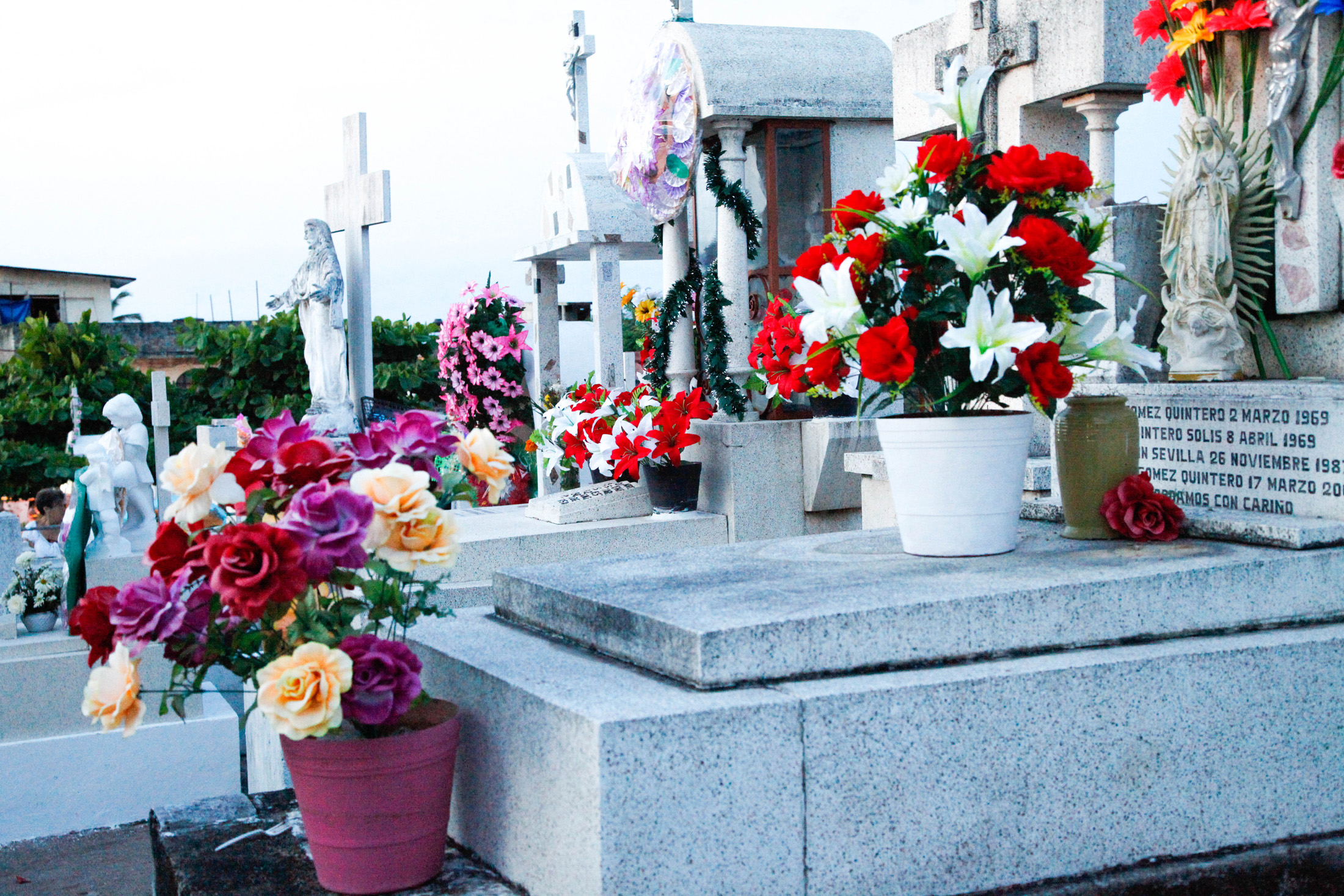
Celebrations in the cemetery, Panteón 5 de Diciembre.
-

-
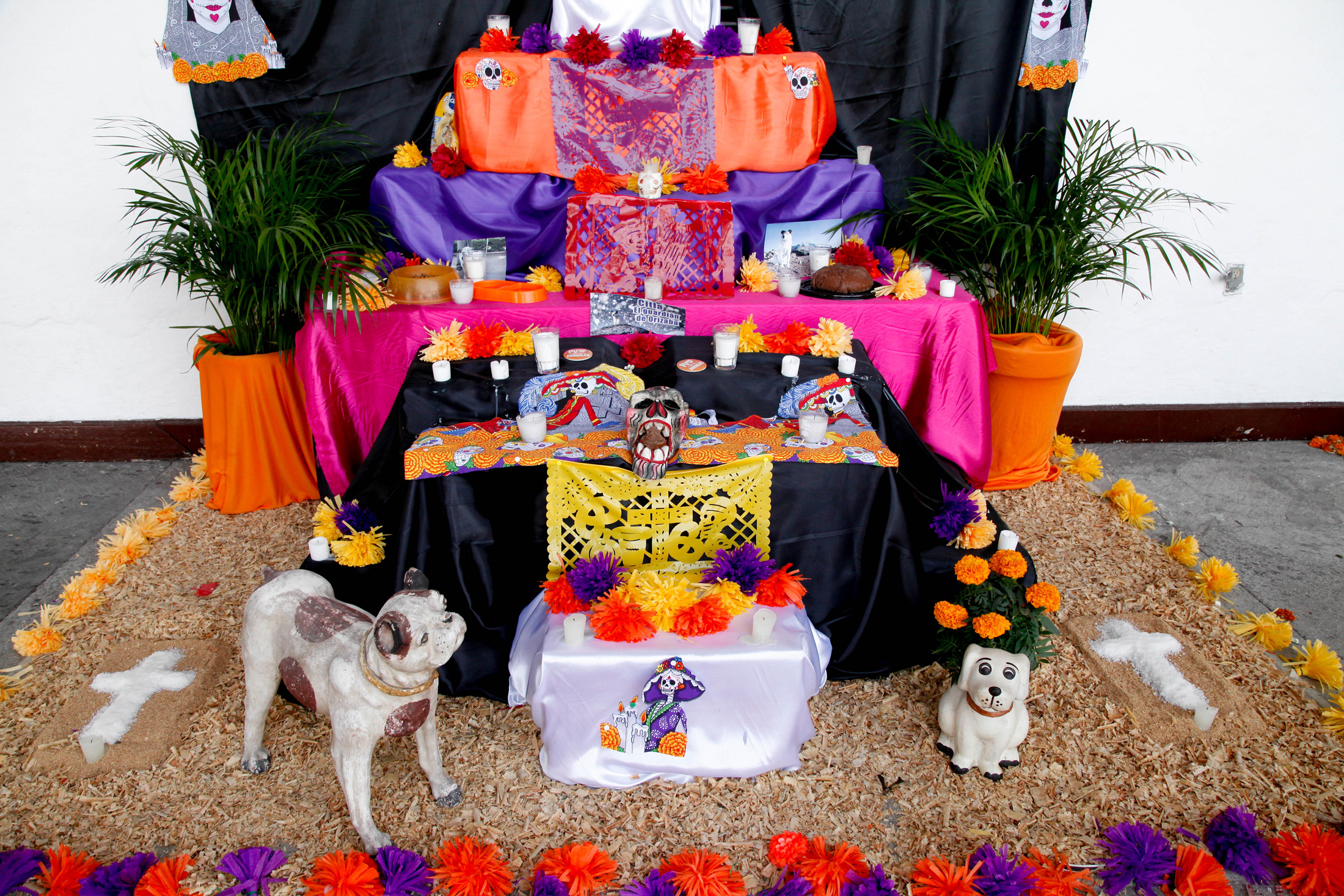
-
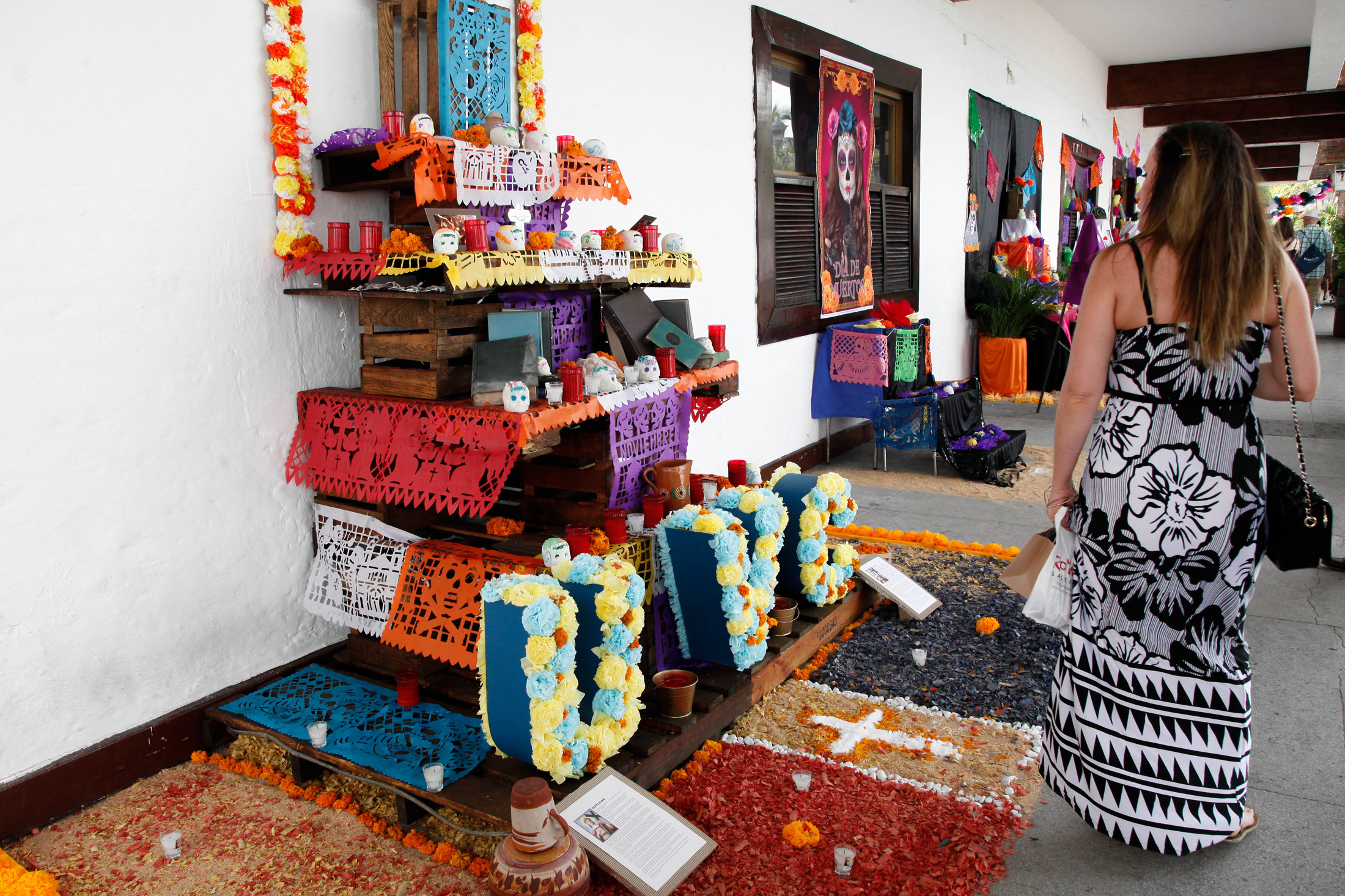
-

-

-

-
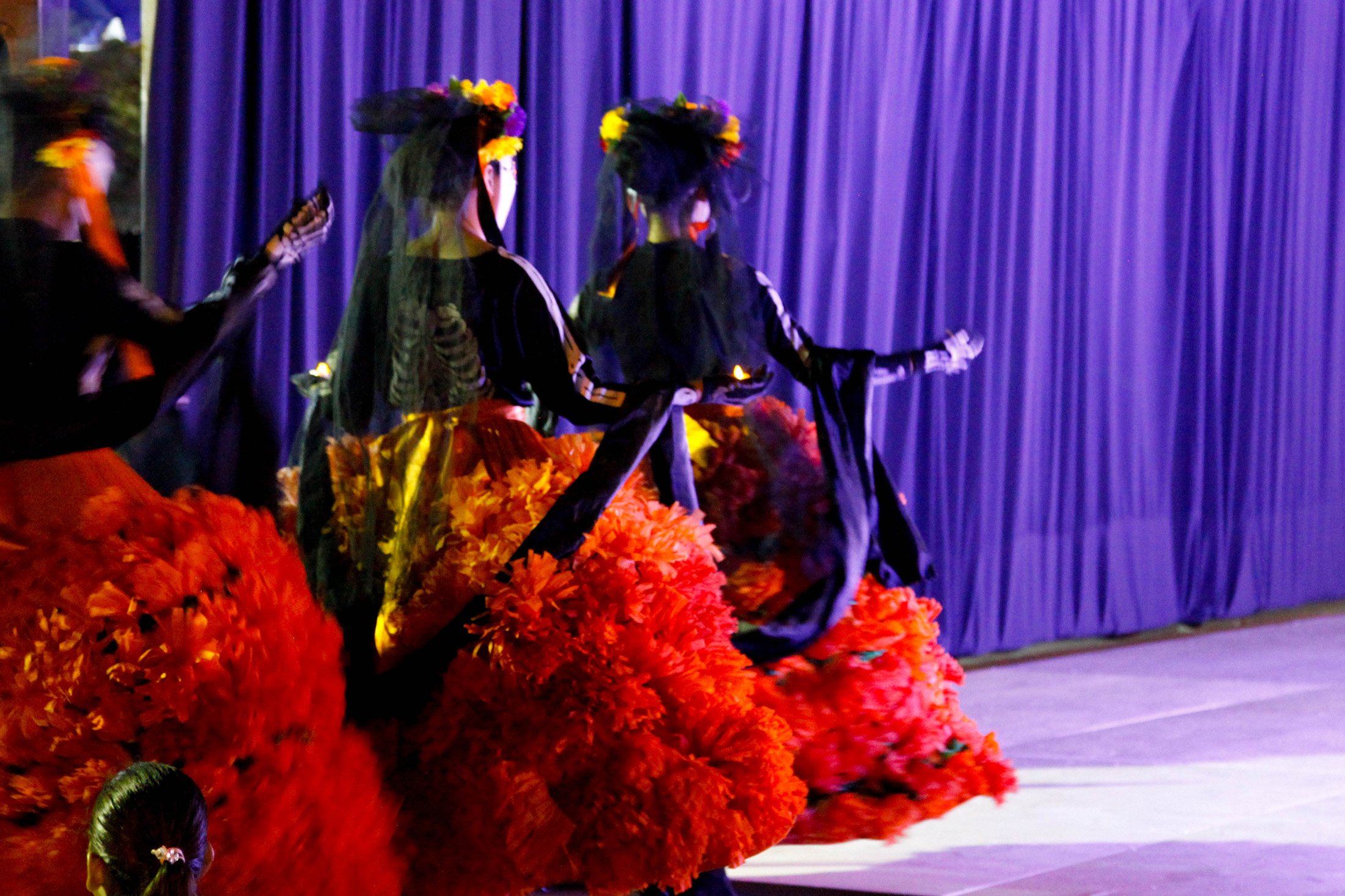
-

Traditionally decorated sugar skull.
-

Celebrating Día de Muertos in Puerto Vallarta
A celebration of death.
In life, one thing is certain: death. And yet, it’s a topic that leaves most of us tongue-tied—what do you say to someone whose loved one has died? How do you express your own grief? We mourn death and let a cloud of gloom hang over us. Whenever we remember those that have passed away, we are greeted with a pang of sadness. But things are a little different in Mexico. Each year, on Día de Muertos or the Day of the Dead, there is a giant fiesta to honour the dearly departed and help guide them on their spiritual path ahead.
The three-day celebration, which lasts from October 31 to November 2, stems from the idea that relatives and friends who have passed get to come back for a visit once a year. It’s a Mexican tradition that goes back some 3,000 years. Recently, Day of the Dead appeared on the big screen in Disney Pixar’s animated film, Coco, about a boy named Miguel who inadvertently stumbles unto the Land of the Dead.
Día de Muertos serves as an excellent reminder that death need not be viewed with sorrow or fear, but instead simply another part of the cycle of life.
Vibrant costumes and dancing skeletons are a common sight during Día de Muertos, as are the ofrendas that dot the streets. Meaning “offering” in Spanish, ofrendas are colourful altars that families set up for their departed relatives, and are typically brimming with marigolds, sugar skulls, photographs, candles, beloved possessions, and favourite foods. Among the hordes of people, you may also notice enough skeleton dog decorations to fill a Tim Burton movie. The hairless Mexican breed known as xoloitzcuintli (or xolo for short) are believed to help guide spirits as they move from the land of the living to their final resting place in the afterlife.
One place to experience the festival firsthand is along the country’s Pacific coast in Puerto Vallarta. A half hour walk from downtown lies the city’s oldest cemetery, Panteón 5 de Diciembre, where many locals gather during Día de Muertos. Behind the hilltop cemetery’s white gates, you’ll find people playing music and dancing, painting their faces with elaborate designs, and dressing up in embellished suits and traditional dresses.
On November 2, the main day of the celebration, a parade runs from the cemetery to the Malecón, a 1.6-km long boardwalk brimming with art, mariachi bands, stunningly lit altars presented by local businesses, and hand-cut paper marigold decorations to represent the fragility of life.
No matter how you honour the holiday, Día de Muertos serves as an excellent reminder that death need not be viewed with sorrow or fear, but instead simply another part of the cycle of life. Indeed, with three days of family, friends, and festivities, you may come to find that there is no better time to celebrate being alive than the Day of the Dead.
Photos by Katherine Brodsky.
_________
Never miss a story. Sign up for NUVO’s weekly newsletter.

